A Weekend in Milan: Things To Do in 2, 3 or 4 Days
This website uses affiliate links which may earn a commission at no additional cost to you. As an Amazon Associate I earn from qualifying purchases.
Updated: 2nd April 2019
Milan is known worldwide for its fashion, and you can’t help but admire the sleek outfits as you stop into this bustling metropolis. Start your long weekend in Milan at the magical classics of the city and in Piazza Duomo.
The classics of Milan begin at the Duomo
The Duomo Cathedral is a captivating view, and with more statues than any other church, and the impressive pink-hues of the Marble, you can stand in awe of its grandeur while pigeons dance throughout the square. To truly appreciate the six centuries that went into building the cathedral, and for some fantastic views of the city, head up to the terraces on the rooftop which can be accessed by life.
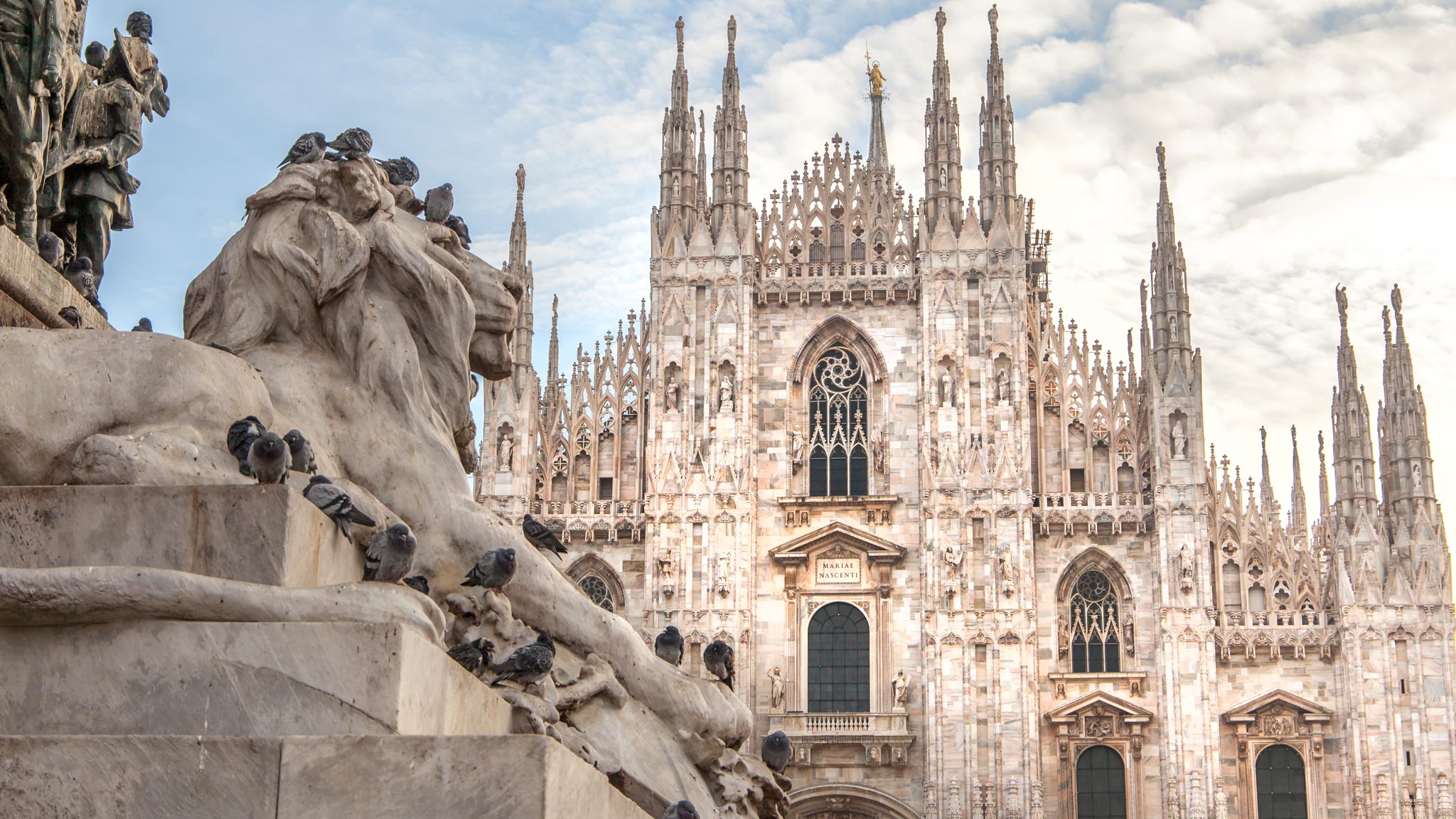
The Cathedral is different to most gothic architecture in Italy as it was a collaborative effort between both local and international architects and builders, and getting up close to the statues and detailing is the only way to see just how intricately put together the Duomo is.
Galleria Vittorio Emanuele II and La Scala Theatre
Next door to the cathedral is the Galleria Vittorio Emanuele II, which connects three of the most important monuments and buildings of the city through its walkways. This incredible shopping thoroughfare is not only home to various stores and fashion shops, but with its magnificent domed centre, steel and glass windows, and intricate artwork high above the golden-coloured pillars, it’s an attraction in itself.
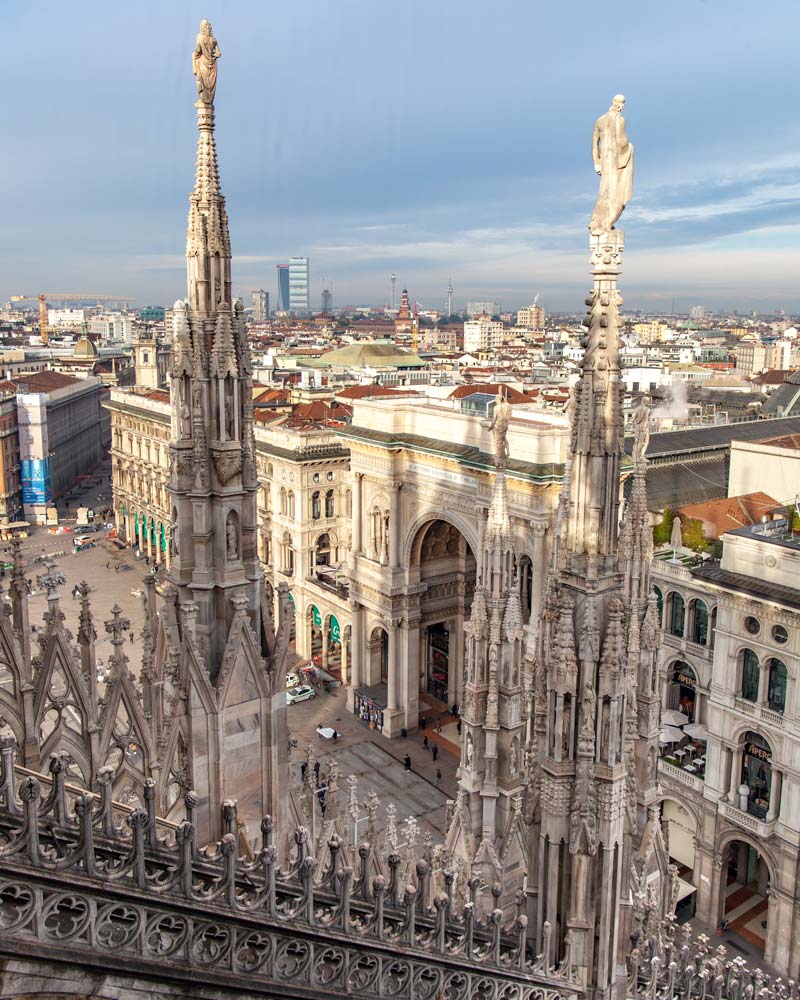
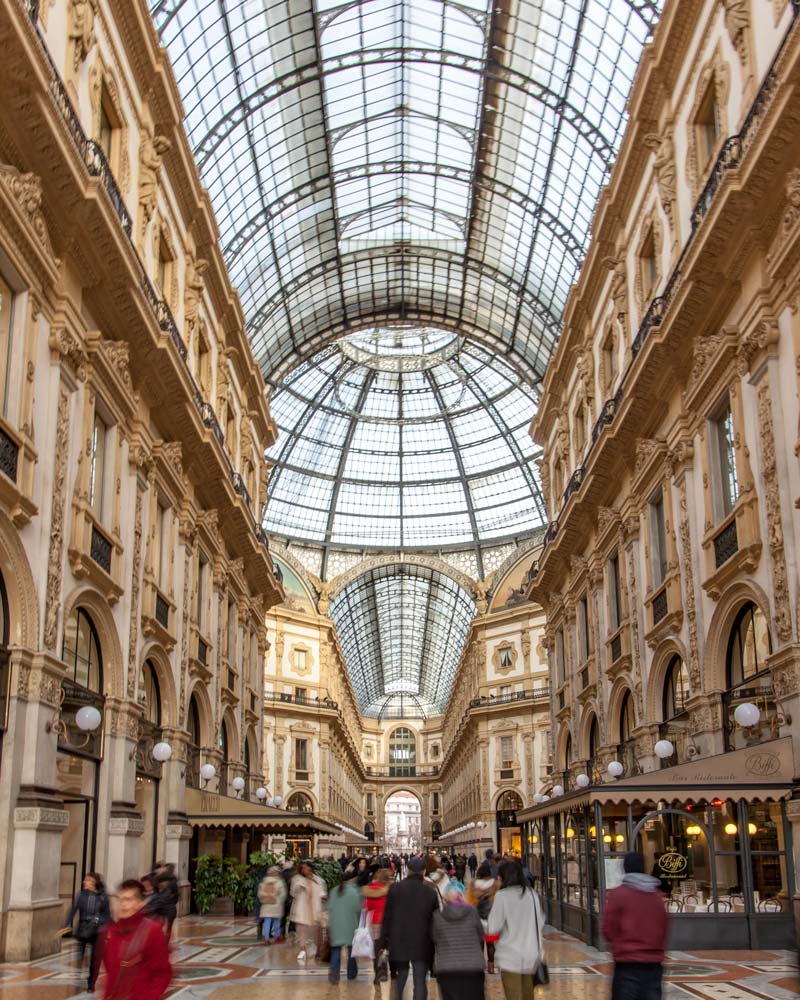
Exiting the Galleria entrance opposite the Duomo will bring you to La Scala Theatre, and while this building might now blow you away from the outside, the inside is splendid. Of course, the best way to appreciate this grand content hall is to book a ticket to a show, but if you are short on term or just not interested, the museum inside offers you not only a chance to explore the building’s history and previous uses but also to take a peek at the theatre.
If a show is in rehearsal, you’ll only be able to look through the windows of the balcony, but if you luck out and can enter the magnificent space, make sure you have your camera on hand because this is a theatre of red curtains and boxes, set against golden detailing, that would sit well on any Instagram feed!

Discover the beautiful Brera district
One of the oldest neighbourhoods in Milan is Brera, making it a must visit during your long weekend in Lake Como and Milan. From the traditional shop signs to the coffee tables lined up on stone streets against colourful facades, the small labyrinth of roads in Brera is a place well worth getting lost in.
Dipping into a courtyard of the art institutes, you’ll be greeted by a giant statue of Napoleon, while a visit to the library here is a must. A working space used by those at the institute, the ornate wooden panelling, grand chandeliers and collection of old bound books is one of the most beautiful libraries I’ve travelled to.
With red-brick churches, plenty of small galleries and art shops, and opportunities to sample more Italian delicacies, the old and now somewhat expensive district of Brera was only beaten by one other area of the city for me, Navigli.
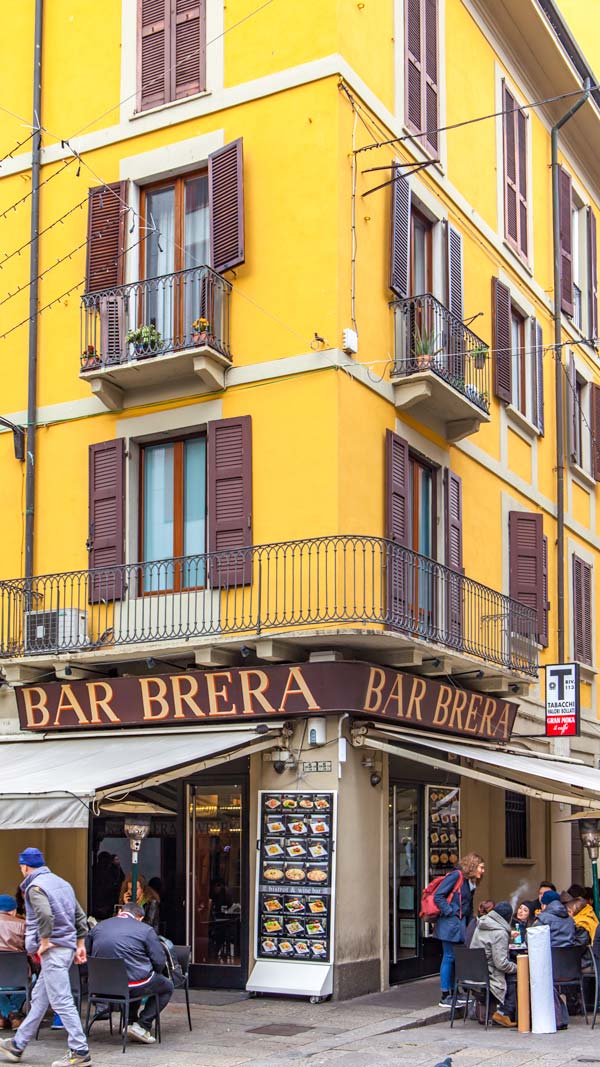


Explore the canals around Navigli
I’ve no idea how I missed Navigli on my first visit to Milan, but I’m so glad I discovered it this time. The city used to be a lot more linked together by canals and waterways than it is now, but the best concentration of those that remain can be found here. To get the perfect reflection shot, though, you’ll have to be patient, as the local rowing club practices up and down here.
While I’ve heard during the day, the canals are pleasant to look at, during the evening hours, the area comes alive as bars and restaurants overspill onto the pavements and Aperitivo hour is celebrated in full swing.
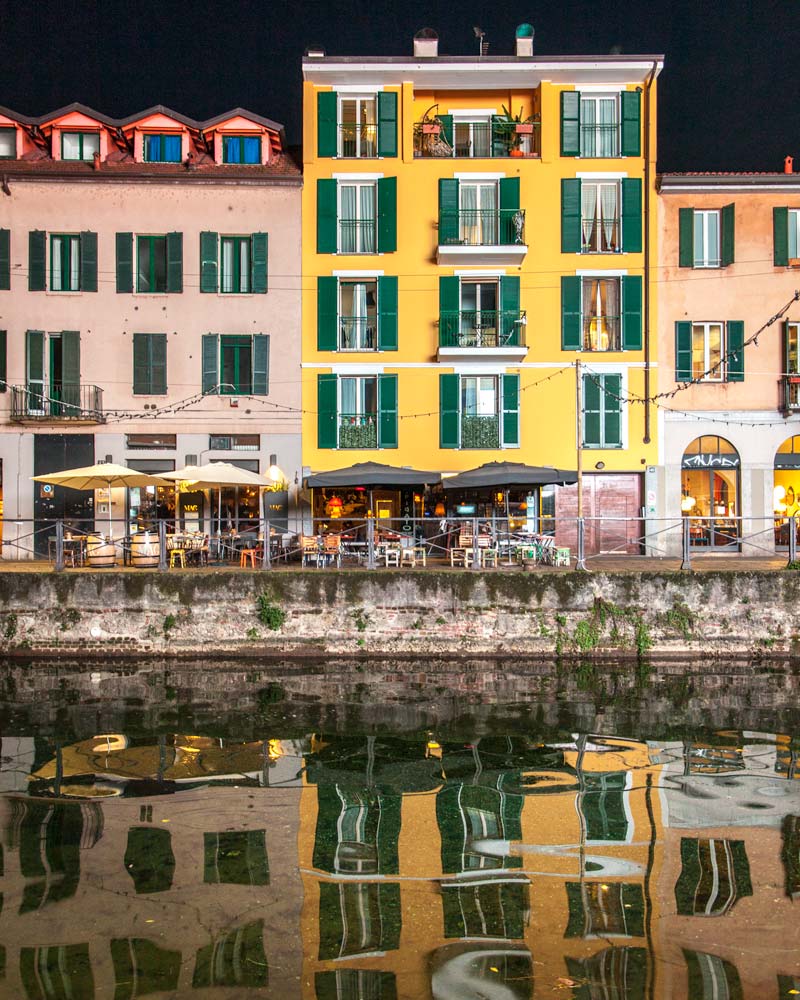
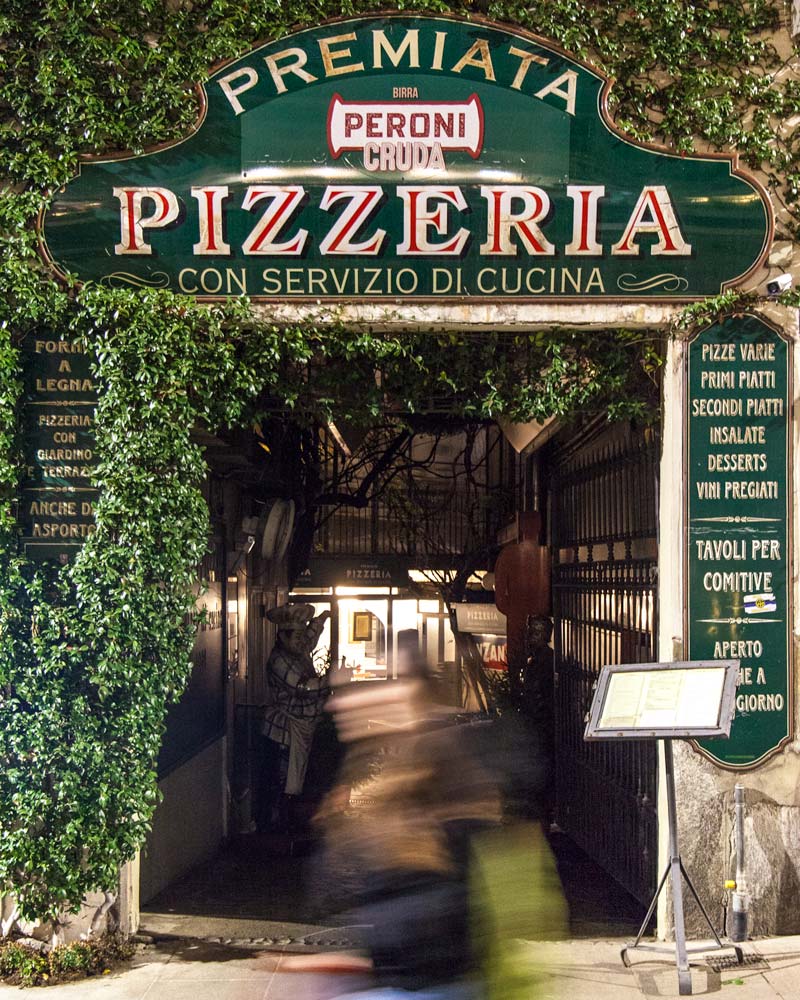
Beyond the canals and cocktails, small courtyards hold beautiful secrets while UNESCO-listed attractions lay open to the public in the shapes of olden washing areas providing a throwback to how life would have been for those living in what used to be a poor area of Milan many years ago.
Continue to Castello Sforzesco
Something else I was somehow unaware of during my previous Milan visits is the vast fortress of Castello Sforzesco. Entrance here to the grounds is free, and the huge fountain at the forefront is one of Milan’s most impressive.
Inside the Castle, you can wander through the outside areas, see the now drained moats, and learn more about the history of the city. Constructed by the Duke of Milan in the 15th-century, the castle’s spot was before that a range of fortifications. Thanks to renovations and enlargements around the 1600s, at that time it became one of the grandest and most impressive citadels in the whole of Europe.

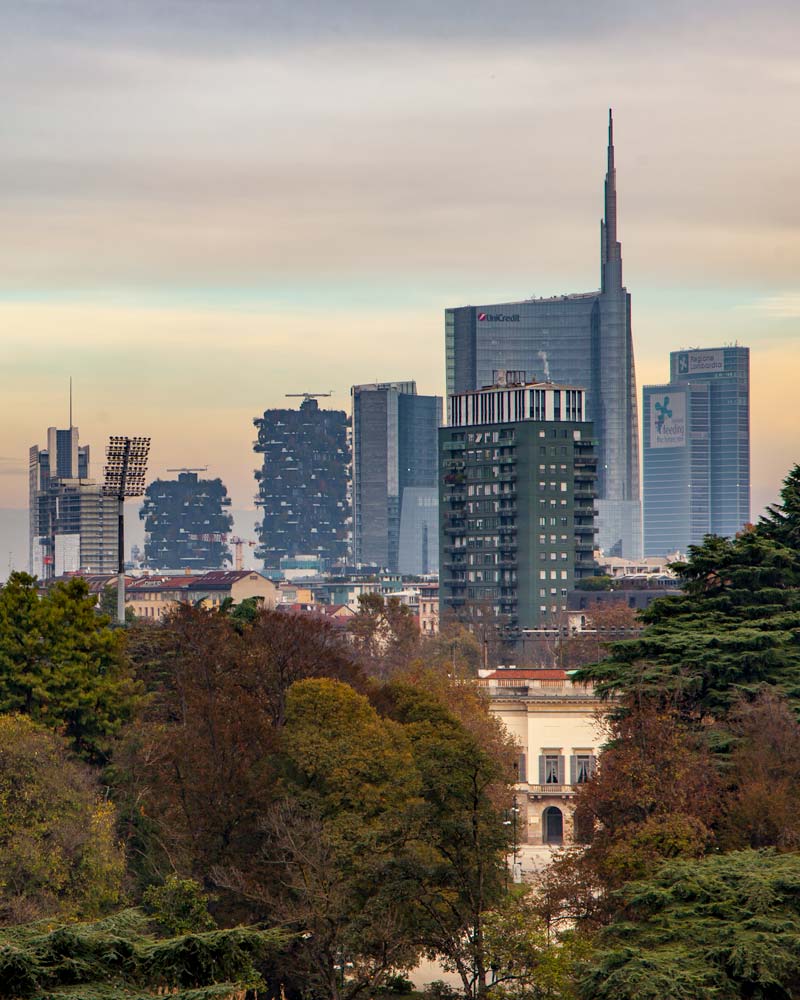
Park walks to the Triennale Museum
While I only indeed visited the Triennale Museum to enjoy the views from the terrace of the restaurant, Osteria con Vista, the museum/gallery space is quite the work of art.
The Triennale was opened in 1933 as a purpose-built design and art museum, and, as the name would suggest, initially it was meant to host the even every three years it is now a fulltime space showing a mix of rotating and permanent displays.
After enjoying a delicious set menu of carpaccio, traditional stewed beef and espresso with delicious petit fours of Italian treats, I ventured to the balcony to take in ‘New Milan’, a section of the city known as Porta Nuova, with the final part of the space opening as recently as October 2018.
Another side to the city, New Milan
While Milan and Italy, in general, are usually celebrated for their grand architecture, not many cities are renowned for their more modern skylines. In Milan, that is changing, as creative architects are coming together to bring a new lease of life to specific districts.
A walk along Corso Como, past its grand old gate and hidden courtyards, would have taken you to abandoned warehouses and old train tracks a decade ago; now, it leads you to the ultramodern buildings of Porto Nuova.


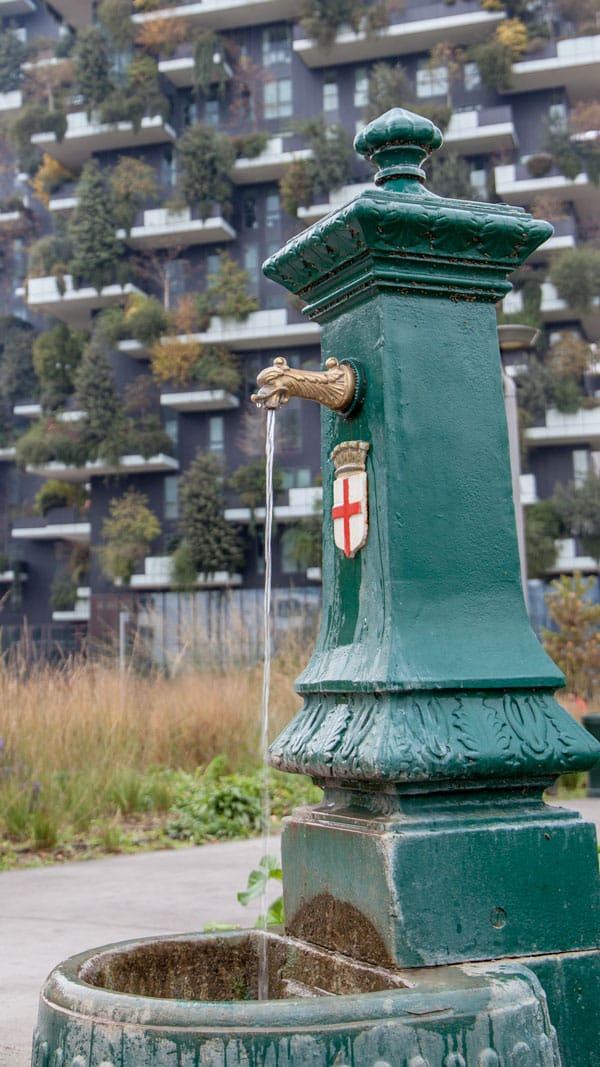
This new space in the centre of the city is home to restaurants and shops, but it also provides a green lung to enjoy picnics or coffee in the open air while admiring some of the most modern architecture in Europe. Vertical forests rise up two towers on one side of the park, with wooden beams surrounding dark black and glass buildings on the other. Traditional details, such as the famed Milan water fountains with their creature-like taps, have been installed throughout this new build to bring old and new together.
At the heart of the development is Ratanà Restaurant, where inside the converted warehouse-like space you can find friendly service and more risotto, or opt to dine a la carte if the set menu doesn’t appeal. The restaurant was also the central meeting point for discussions with the locals who lived around the new area, as the construction companies kept residents in the loop of the development. As such, expect to find a more local crowd dining here than just your typical tourist establishment.

Heading to CityLife
Across the city and a short ride on the metro to the Tre Torri stop, CityLife is the second modern part of Milan to be completed, with the final building to open next year. Here three towers, leaning, spinning and making their mark on the skyline, grow up from the shopping mall and dining options below. White residential buildings are decorated with vegetation in abundance, although the main draw as a visitor is the art installations on display.
Around the CityLife development, you’ll find some large artwork and the less obvious, ranging from stars embedded into the floor of the development that was mapped out by a local child from when Milan was first built as a city to multicoloured poles rising from the gardens which are an interpretation on the fluidity of gender. It’s not somewhere I would suggest going out of the way to visit, but if you are close by, the changing programme of art may be of interest during your long weekend in Lake Como and Milan.
The food of Lombardia
While pizza and pasta are of course staples across the whole country, the Lombardia cuisine is much more focussed on Risotto.
Throughout my long weekend in Lake Como and Milan, I had various risottos, usually with a saffron base but topped with different items, from perch to beef. Other treats included traditional stewed beef with Polenta, mouthwatering Tiramisus, beef capacious with generous toppings of truffles and small fried balls of meat and cheese, a real contender for finger snacks to the more famous Arancini.
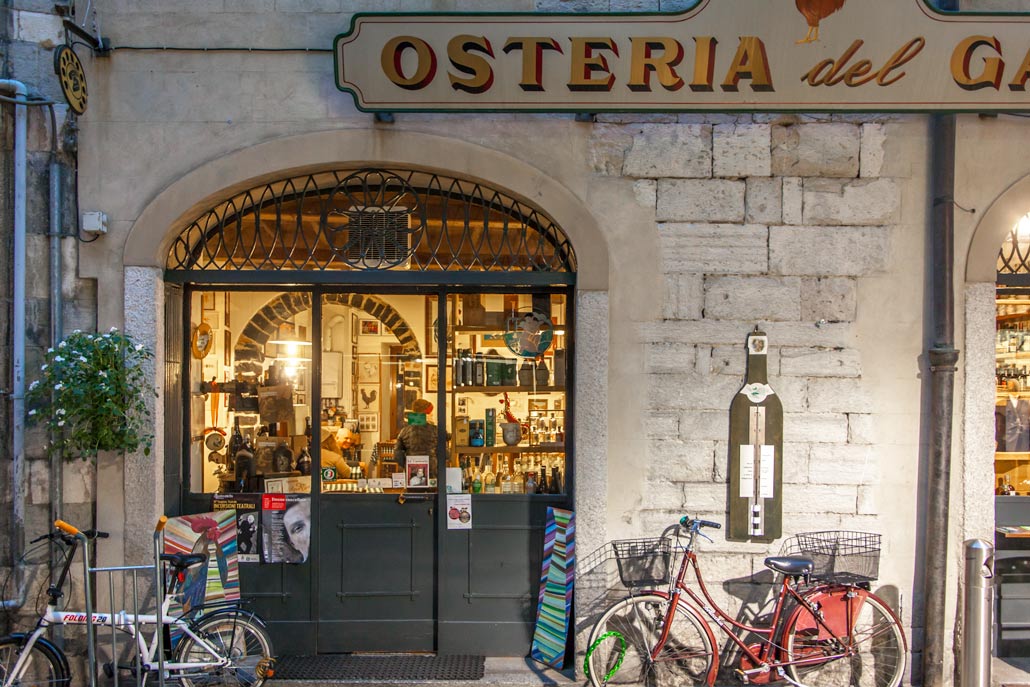
When in the north of Italy, for those who drink alcohol, taking part in Aperitivo, sometimes called happy hour, is a must. For a fixed fee, you can enjoy a drink of your choice, catch me with an Aperol Spritz or Negroni, and enjoy snacks supplied by the bar. These can range from fully stacked buffets to plates dropped on the table to share. Not as common in the south of the country, this is the perfect appetiser before heading to dinner.
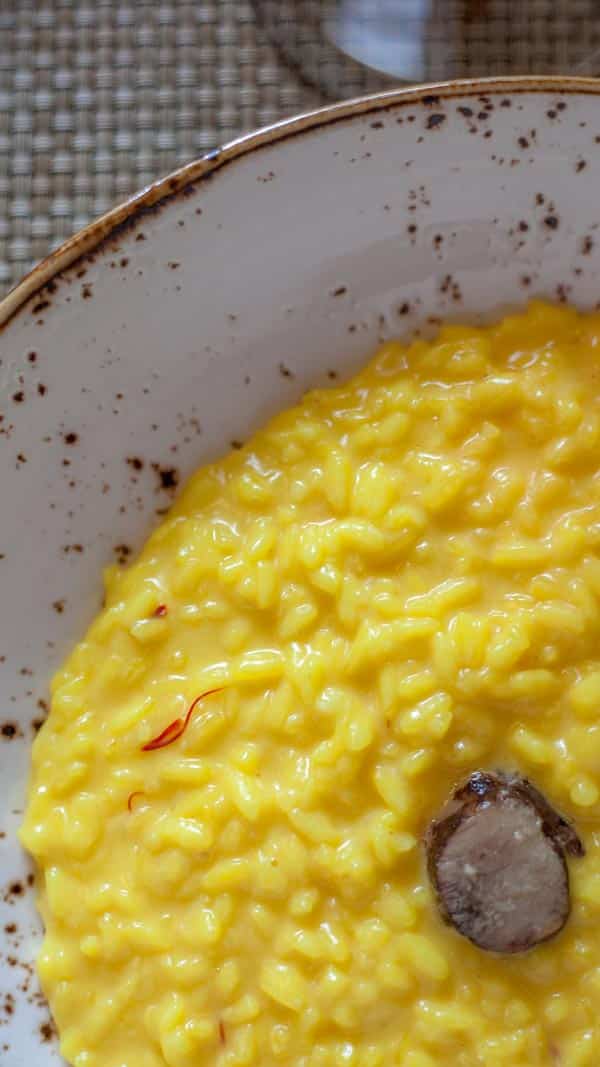
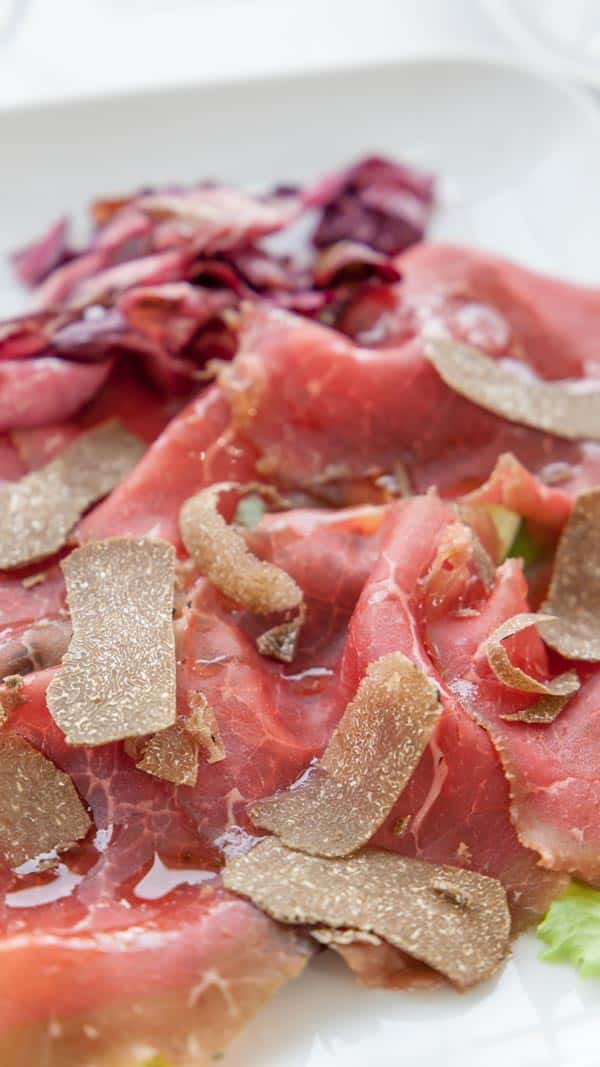
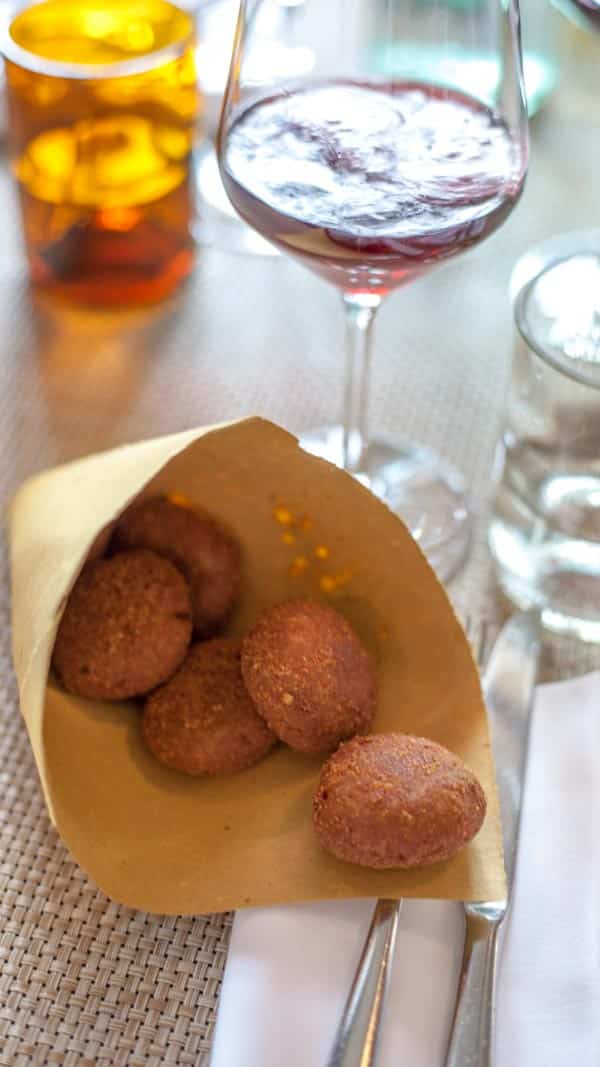




Leave a Reply
Want to join the discussion?Feel free to contribute!